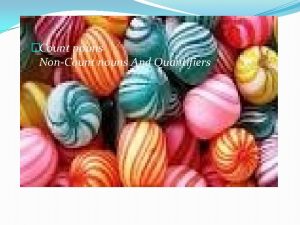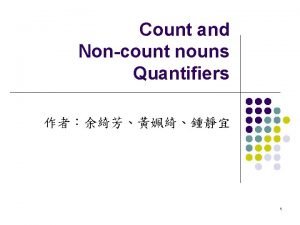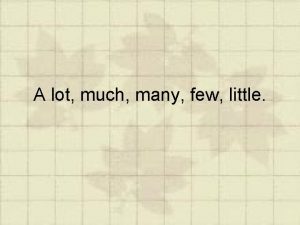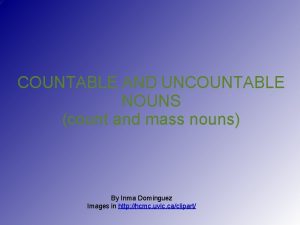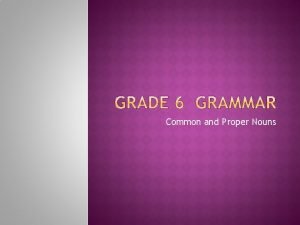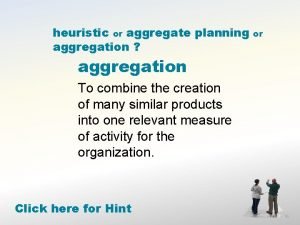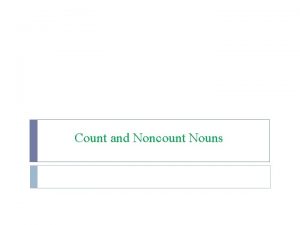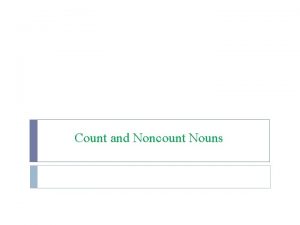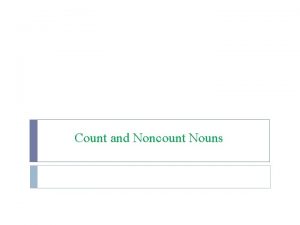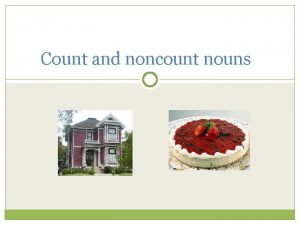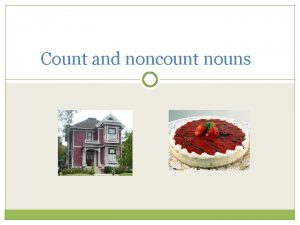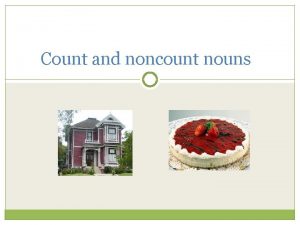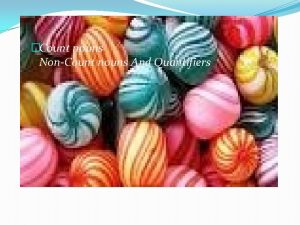Count and noncount nouns A lot of Many









- Slides: 9

Count and noncount nouns

A lot of/ Many/ Much A lot of, many, much mean: “a large quantity of something. ”

A lot of may appear before both noncount and plural count nouns. There’s a lot of salt in this soup. Don’t you eat a lot of apples? 1. 2. A lot of is for affirmative and negative statements and questions.

Many 1. Many appears only before plural count nouns. Many fast food restaurants serve chips. Do many people have poor diets? 2. Many is for plural nouns in affirmative and negative statements and questions.

Much 1. Much may appear only before noncount nouns. The Japanese don’t eat much red meat. Did you drink much milk this morning? 2. Much is for noncount nouns in negative statements only and in affirmative and negative questions.

Common Units of Measure They give amounts of either count and noncount nouns. bag of potatoes / bag of sugar 1. These units make noncount nouns into countable noun phrases. 3 bottles of ketchup 4 cups of coffee 1.

A few / A little A few and a little are for a small number or quantity of something.

A few 1. A few appears only before plural count nouns. There a few boys here. 2. A few is used with plural count nouns in affirmative statements and affirmative and negative questions. Aren’t there a few cookies in the box?

A little 1. A little appears only before noncount nouns. Is there a little sugar in that bowl? 2. A little is used with noncount nouns in affirmative statements and affirmative and negative questions. Don’t you want a little milk in your tea?

